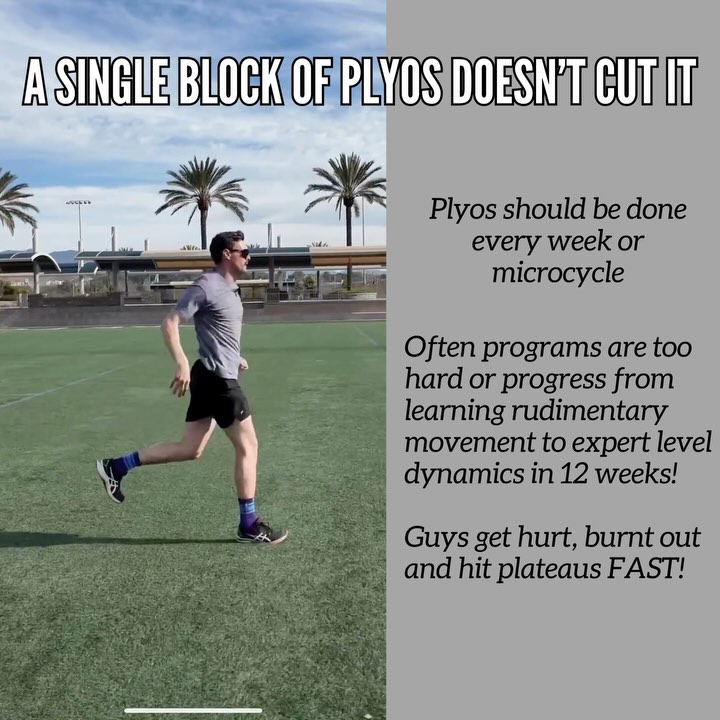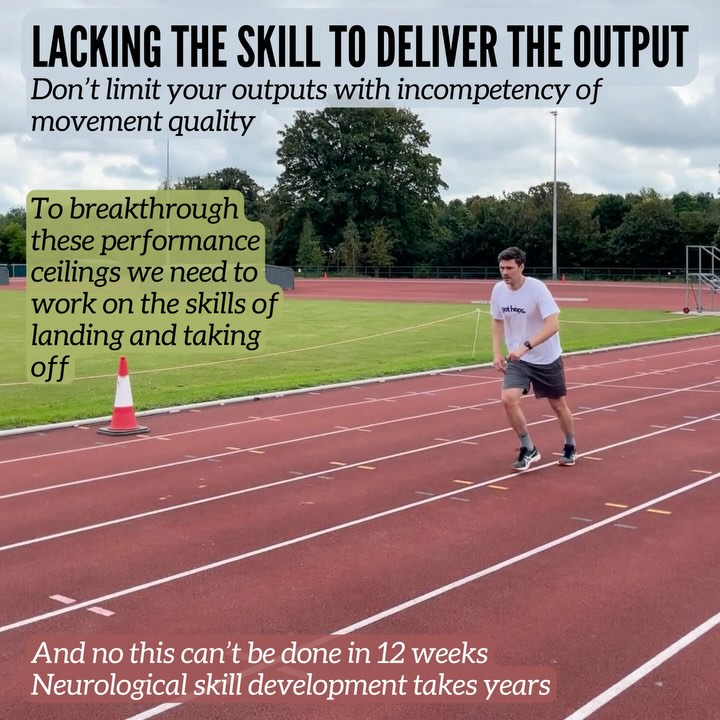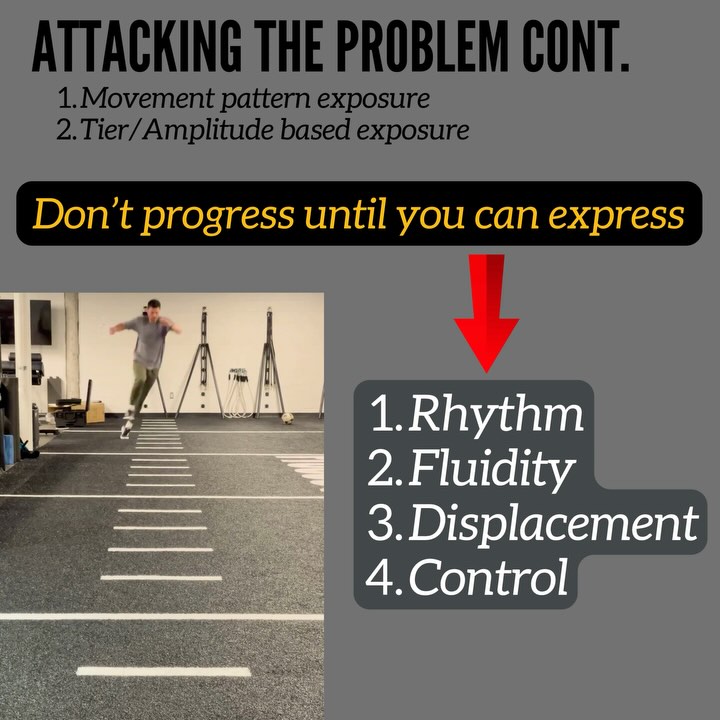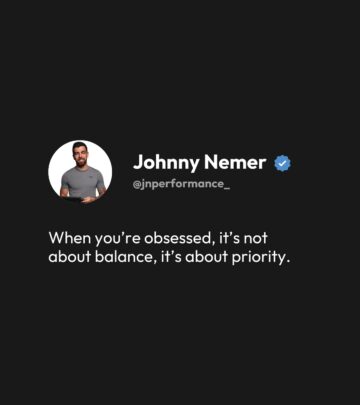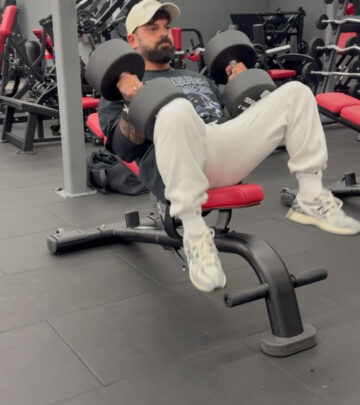Quality Plyometrics Outperform Short-Term Regimens
Insights from The Plyo Guy on the value of consistent, quality plyometric training over time

Image: Instagram
The world of plyometrics is witnessing a renewed focus on consistency and quality over short bursts of high volume. In a recent social media update, fitness coach and plyometric expert Matt McInnes Watson – known as The Plyo Guy – delivered a straightforward message that emphasizes the importance of long-term, high-quality training volume. He remarked, “Whilst this is horrifically obvious to some, exposure is all down to overall volume over time. You can’t match a lifetime of jumps and sprints with 12 weeks of PLYOS at 35.”
Key Insights From The Plyo Guy
Watson’s commentary builds on the idea that the benefits of plyometric training are cumulative. Drawing from a systematic review of plyo studies – reportedly analyzing over 1400 papers – he asserts that high training volumes over an extended period equate to greater performance benefits. Although longitudinal plyometric studies are rare in practice, his insights suggest that initial learning effects emerge in the first three to six months, with significant structural changes in the muscle and connective tissues developing between nine and eighteen months.
These observations highlight a crucial aspect often overlooked by many athletes: the emphasis should be placed not on cramming more volume into a week, but on ensuring that every session counts. According to Watson, turning up to training sessions fresh and prepared is the key, as most people end up with erratic, low-quality efforts. His argument is succinct—quality volume, consistently applied, outperforms bursts of high-frequency, low-detail workouts.
Long-term Gains Over Short-term Surge
What makes Watson’s message striking is his straightforward delivery. His candid expression, punctuated by phrases like “It’s stupidly obvious!” and a light-hearted nod to the inherent blues in research, resonates with athletes and coaches alike. His approach cuts through the clutter by emphasizing that while the idea might seem self-evident, its implementation is often fraught with challenges. The learning effect during the initial training months is critical, acting as a foundation for the subsequent structural adaptations that can enhance explosiveness and overall athletic performance in the long run.
Beyond the core message, Watson’s social media presence—evident through his Instagram posts—provides additional context for his training philosophy. In earlier posts, he has shared throwback moments where he was seen jumping alongside notable figures like Tim Champion. These visuals not only serve as a testament to his coaching acumen but also as a motivator for those seeking to emulate his dynamic approach. In one notable post, he shared insights on dynamic movement and the value of adapting training methods as one ages, reminding his followers that a decline in explosiveness is not inevitable but can be countered with deliberate, fun, and sustainable training practices.
His recurring message is clear: repeatedly reaping benefits from plyometric training requires more than just an accumulation of sessions—it demands a mindful, quality-focused approach. Watson’s emphasis on a “Return To Dynamic Movement Program” underlines the need for incorporating innovative exercises that blend fun with effectiveness, making the training regimen something athletes look forward to rather than a monotonous grind.
A Closer Look At Training Volume And Consistency
The theory behind Watson’s training philosophy is simple. High-quality volume, executed consistently over months, allows for both immediate skill development and long-term tissue adaptations. Even though short-term, intensive programs may seem appealing, they often fail to replicate the deep physiological and neuromuscular benefits that come with sustained, systematic training. Watson’s commentary is underpinned by a systematic review of research that supports the notion of a gradual build-up in training volume in order to secure better performance gains over time.
For those in the athletic community, these insights underscore the importance of a measured approach to plyometric training. Rather than seeking a quick fix, athletes are encouraged to embrace a program that not only pushes them hard but also respects the body’s need for recovery and gradual adaptation. This balanced approach, as promoted by Watson, is essential in preventing overtraining and reducing the risk of injuries, thereby ensuring that athletes can enjoy long, successful careers.
Watson’s engaging rhetoric and evidence-backed insights have struck a chord among his peers. His blend of straightforward advice, backed by research and enriched with personal experience, serves as a guide for both seasoned athletes and newcomers in the realm of plyometrics. His online presence, replete with dynamic images and throwback posts from periods of intensive training, reinforces this message and continues to inspire a dedicated community of followers.
In a field where trends frequently shift, Watson’s emphasis on sustainable, quality-focused plyometric training is a timely reminder that lasting athletic performance is built over time. His insights challenge the conventional wisdom of short-term surges in training volume and instead advocate for a methodical, consistent approach that delivers profound long-term benefits.
Read full bio of Vidya Tadapatri




